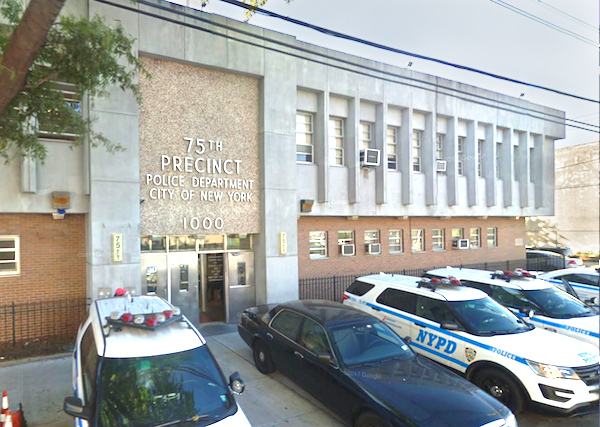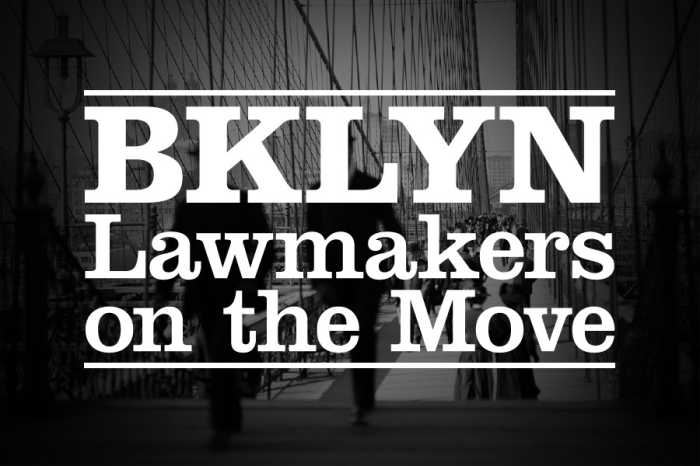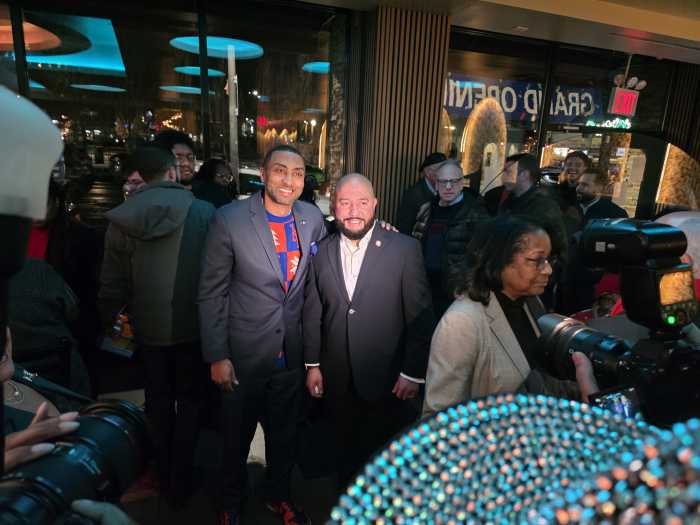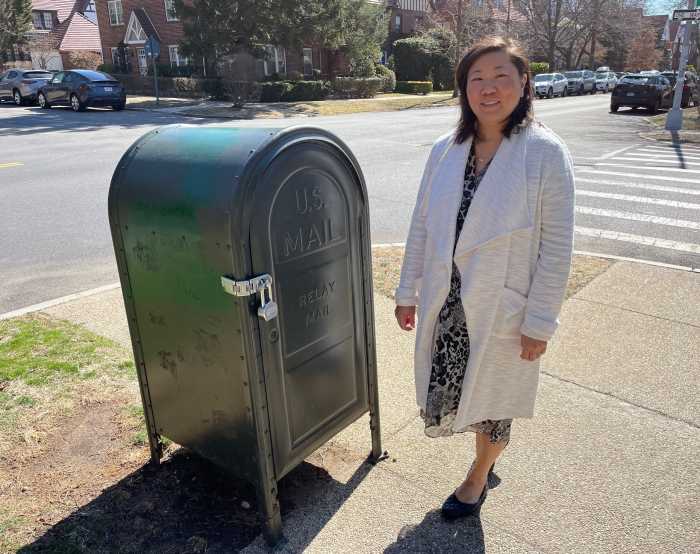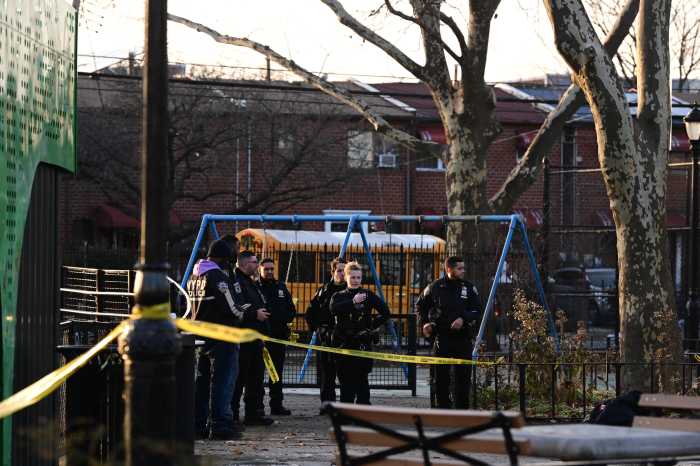The scene in the NYCHA Brownsville development looked so much like a summer festival that passersby wouldn’t immediately realize it was a budget meeting for the residents.
The Office of Neighborhood Safety blocked off Blake Avenue between Rockaway Avenue and Mother Gaston Boulevard for the annual Neighborhood STAT meeting, where Brownsville residents voted on what project they wanted to build in the community with their fellow public housing residents.
The executive director of the Mayor’s Action Plan for Neighborhood Safety and her team brought a massive set up of tables and stations, along with food and a DJ to engage residents and get them to be part of the vote.
“It’s a mutual exchange,” said Renita Francois. “This is not a top-down approach,” the executive director told PoliticsNY.
The community has been very vocal about what they want when presented with the opportunity to work with the city, rather than have the city tell them what they want. Francois said they especially should not be told what is safety and wellness, but rather be offered the chance to contribute their own ideas, and in turn, drive the direction of city policy.
Each year, they allot $50,000 to each of the 15 neighborhoods part of the Neighborhood STAT program. They voted on how to allocate $30,000 because the rest of the budget is being used to maintain last year’s community project—a community center.
“I know for a lot of people $30,000 may not feel like a lot of money, but we view this as seed money, it’s money that we’re sowing into the community,” Francois said. “Whether it’s 5,000 or 5 million, the community should have a say in how the money is being spent.”
Here are the five options they voted on:
- Physical Space: Renovating play and green spaces, designed by the residents
- Economic Stability: Bringing education and job training through coaching and mentorship
- Health + Wellbeing: Increasing access to nutritious and affordable food through markets and food programming
- Safety + Justice: Improving interactions between law enforcement and community
- Youth Development: Letting the youth design a project
That last option would likely involve the Youth Leadership Council, led by Nina Rembert at MAP. The group of 16-21-year-old residents is partnered with the Mayor’s Office of Criminal Justice, and has had many virtual meetings to come up with their own policy recommendations.
“We are working together to make a change in our community and talk about things important to us,” Rembert told PoliticsNY.
“So you have everything from a public speaking workshop; We have workshops on how to make a resume as well as photography and so people can explore art,” Rembert said. Their policy recommendations will come out later this year, and they’ll also participate in a youth summit on Nov. 6.
The 15 sites that are part of Neighborhood STAT are based on various violence and crime statistics, and compared to the rest of the neighborhoods in their borough.
Brownsville is reported to be one of the city’s deadliest neighborhoods, making it a prime candidate for the program. Carolyn Cabbagestalk has been there from the beginning of the process, and has lived in the Brownsville public housing community since 1982.
“When you say you speak for the residents, you’re supposed to speak for the resident,” Cabbagestalk said. She just wants the residents to have a say in what happens to them, so she made it a point to get involved in anything the city wants to do for her neighbors.
“They know what we about, and they know who we are,” Cabbagestalk said.
She voted for Physical Space so that the neighborhood could hold more events that bring them closer together. The votes will be tallied via the physical ballots and online forms that were available, resulting in next year’s big project.



